The best new audio interfaces of NAMM 2020
Ins and outs were big news in Anaheim. Here’s why...
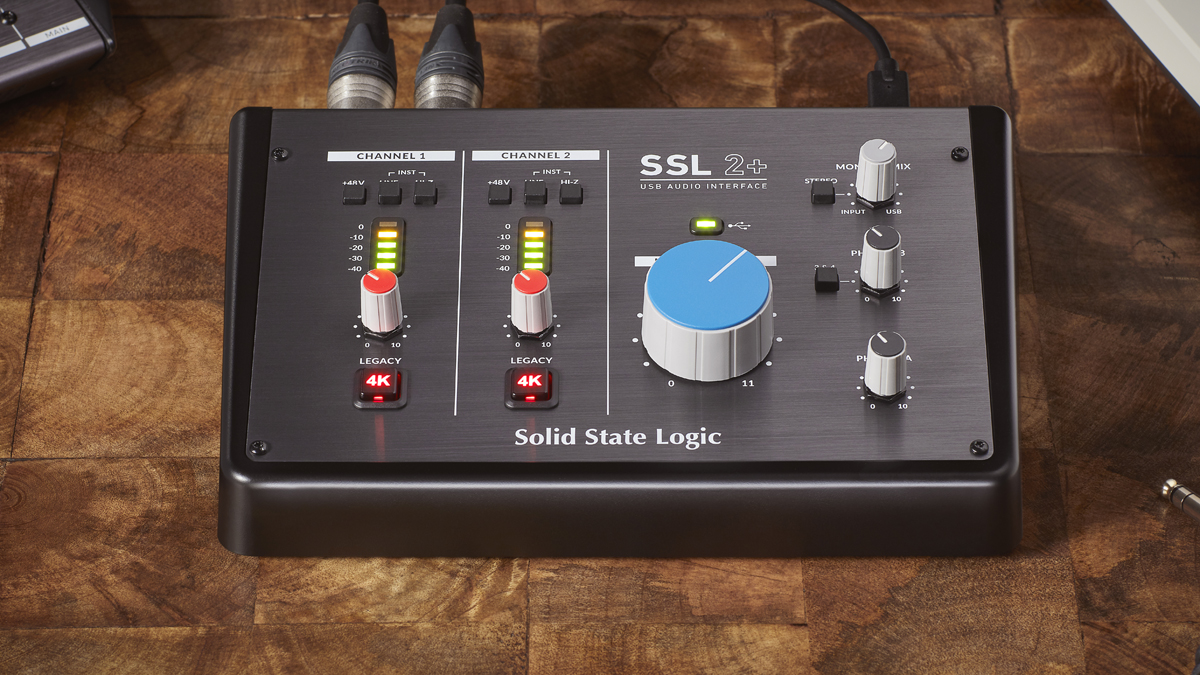
NAMM 2020: Say it quietly, but some of the most exciting music technology launches at NAMM weren’t synths, MIDI controllers or Eurorack modules, but audio interfaces. Yes, this was the year that these unassuming products - which tend to be heard but not really seen - came to the fore.
There was massive interest in Solid State Logic’s decision to enter the budget market, and Audient, Apogee, PreSonus and many others announced new products, too. We should also mention Universal Audio; it might not have launched any new hardware, but its Apollo interfaces are a key component of the new and much talked about LUNA recording system.
Back to the new I/O products, though, starting with those show-stealing audio interfaces from SSL...
WINNER: SSL2 and 2+
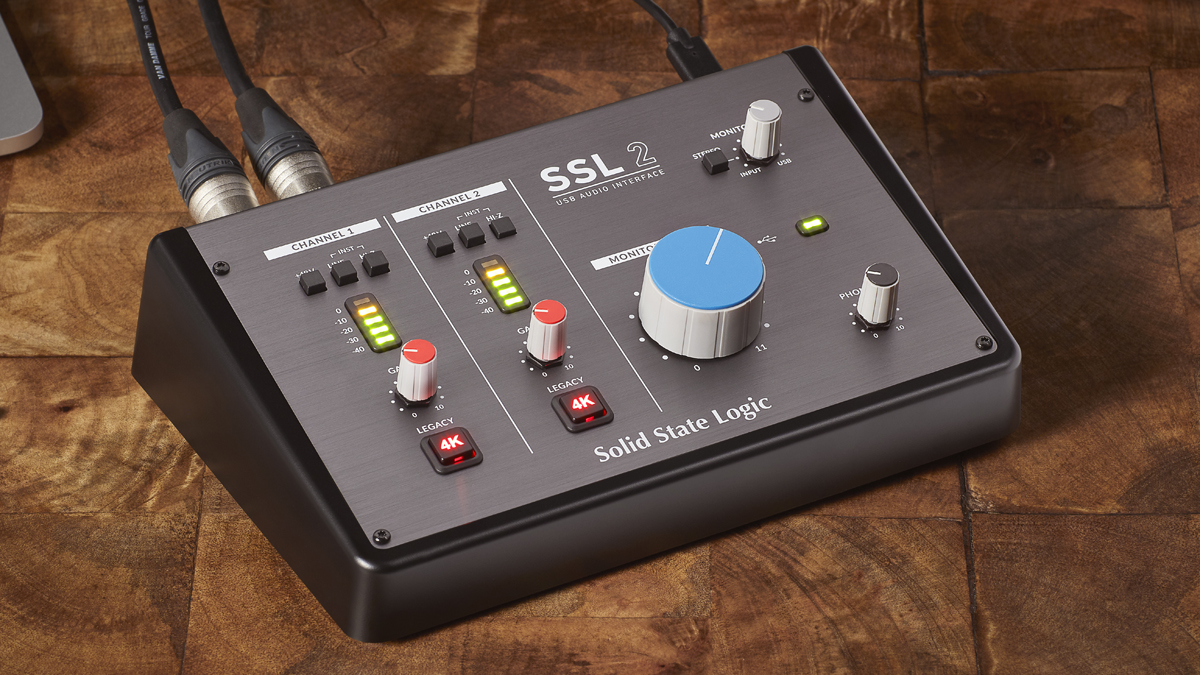
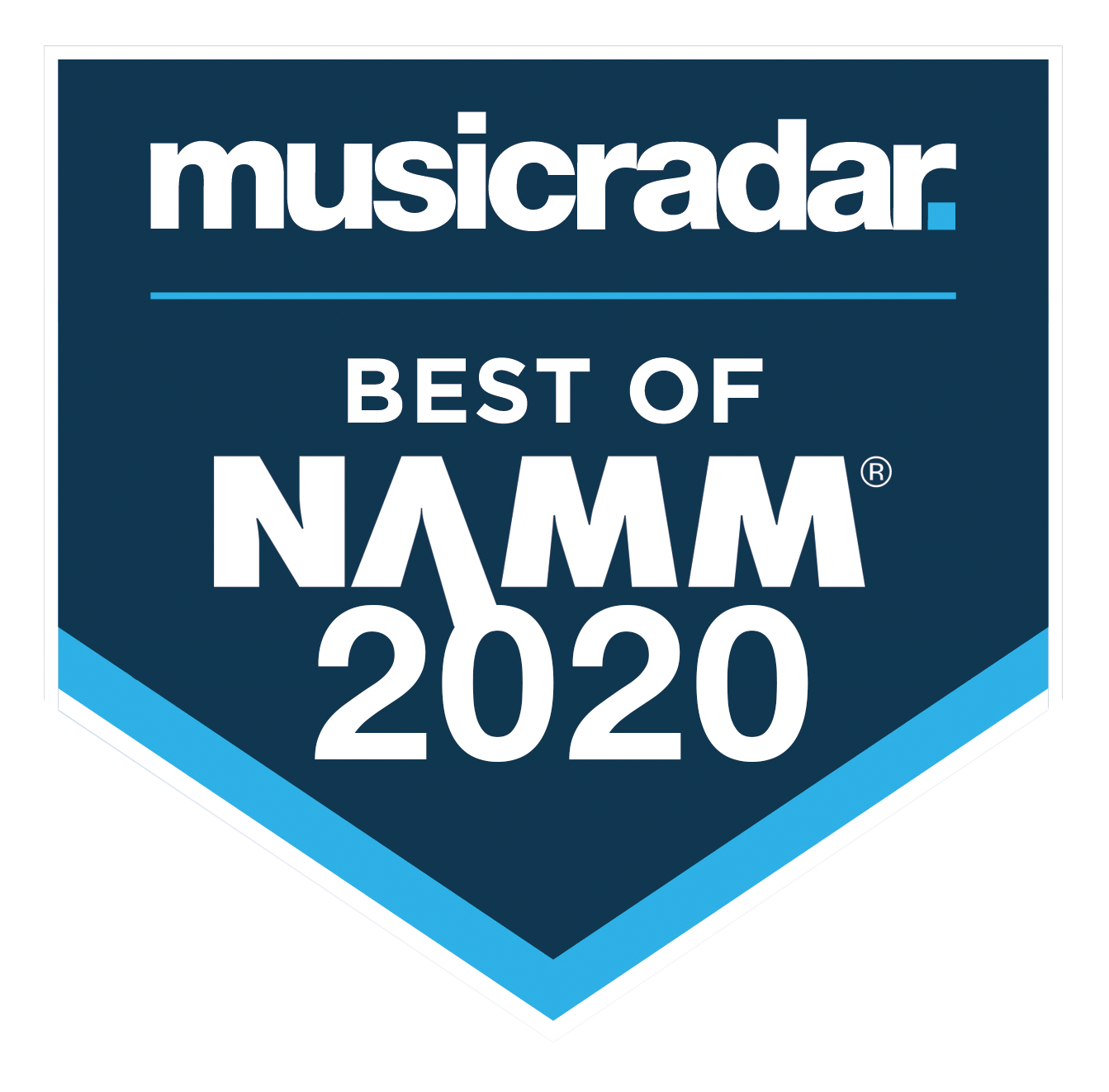
In a significant development, pro audio specialist Solid State Logic is stepping into the home recording market with two affordable USB audio interfaces: SSL 2 and SSL 2+. Both promise “class-leading” mic preamps, a Legacy 4k enhancement mode that’s inspired by the classic SSL 4000 series consoles, and studio-quality monitoring. They also ship with the SSL Production Pack software bundle.
If these interfaces deliver anything like the level of performance that SSL claims, the company could have a pair of winners on its hands, especially when you consider their low prices.
Read more: SSL’s new budget audio interfaces promise studio quality at affordable prices
Apogee Symphony Desktop
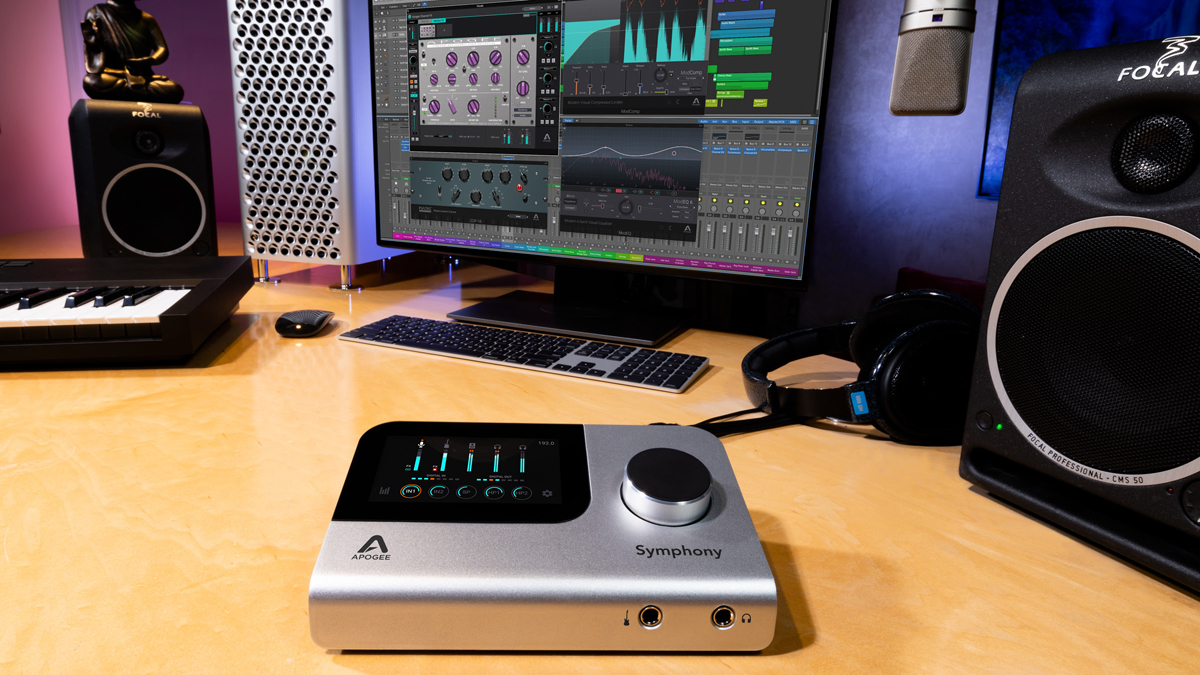
Symphony Desktop is a DSP-toting 10-in/14-out audio interface that promises to blend the sound quality of the existing Symphony I/O MkII with the simplicity of Apogee's more affordable Duet and Quartet interfaces. This is the most affordable Symphony product ever, but still packs in flagship A/D converters and mic preamps, a dynamic touchscreen and a single control knob.
Get the MusicRadar Newsletter
Want all the hottest music and gear news, reviews, deals, features and more, direct to your inbox? Sign up here.
One of the big potential highlights is the hybrid Alloy Mic Preamp emulation, which uses both analogue circuitry and DSP processing to create what Apogee is calling “the richest, most authentic audio modeling available in an audio interface”.
Could this be a serious rival to Universal Audio’s Apollo range? Time will tell.
Read more: Apogee announces Symphony Desktop, a high-quality desktop audio interface with DSP-powered plugins
Audient EVO 4 and EVO 8
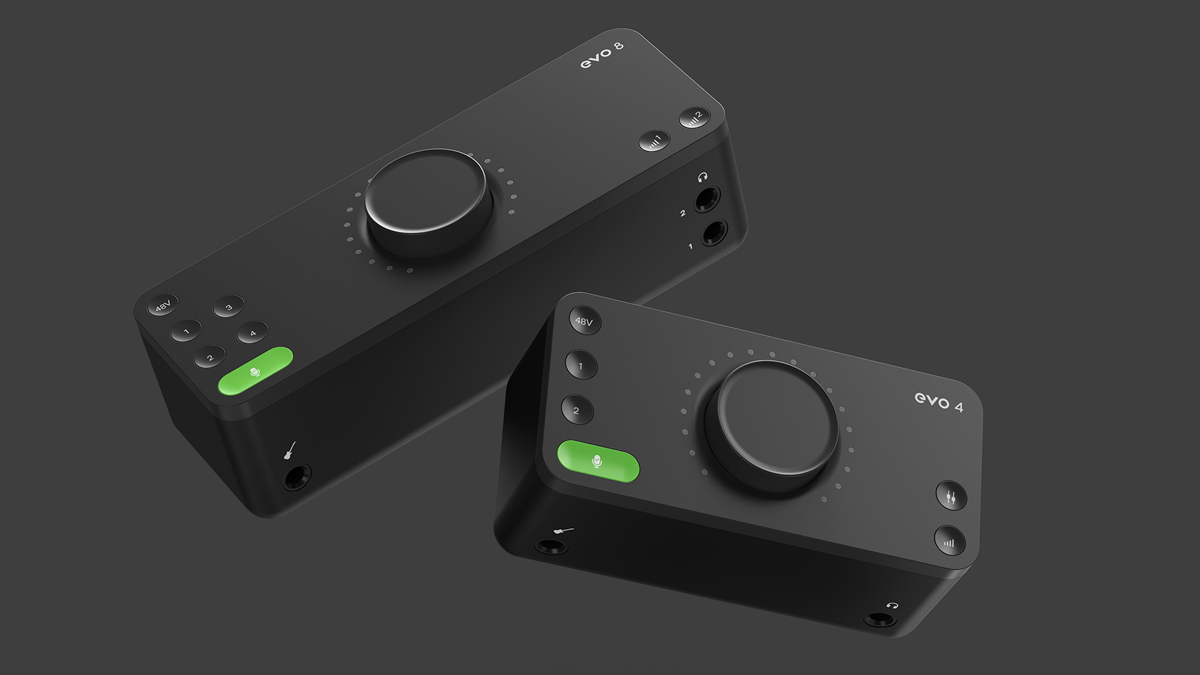
Having wowed us with the quality of its iD4 audio interface, Audient is making another play at the budget end of the market with the EVO range. Focusing on making recording easy, this contains two models: EVO 4 and EVO 8.
The EVOs feature a new mic preamp design with 58dB gain range, converters with 113dB dynamic range, a JFET instrument input, speaker/headphone outputs, low-latency performance, monitor mix and loopback functionality and class-compliant USB-C connectivity. There’s also the new Smartgain feature, which automatically sets the gain level when the user starts playing or singing.
Small and smart, the EVOs could be great for chucking in a backpack and using on the go.
Read more: Audient’s affordable EVO audio interfaces will set your recording gain automatically
PreSonus ioStation 24c
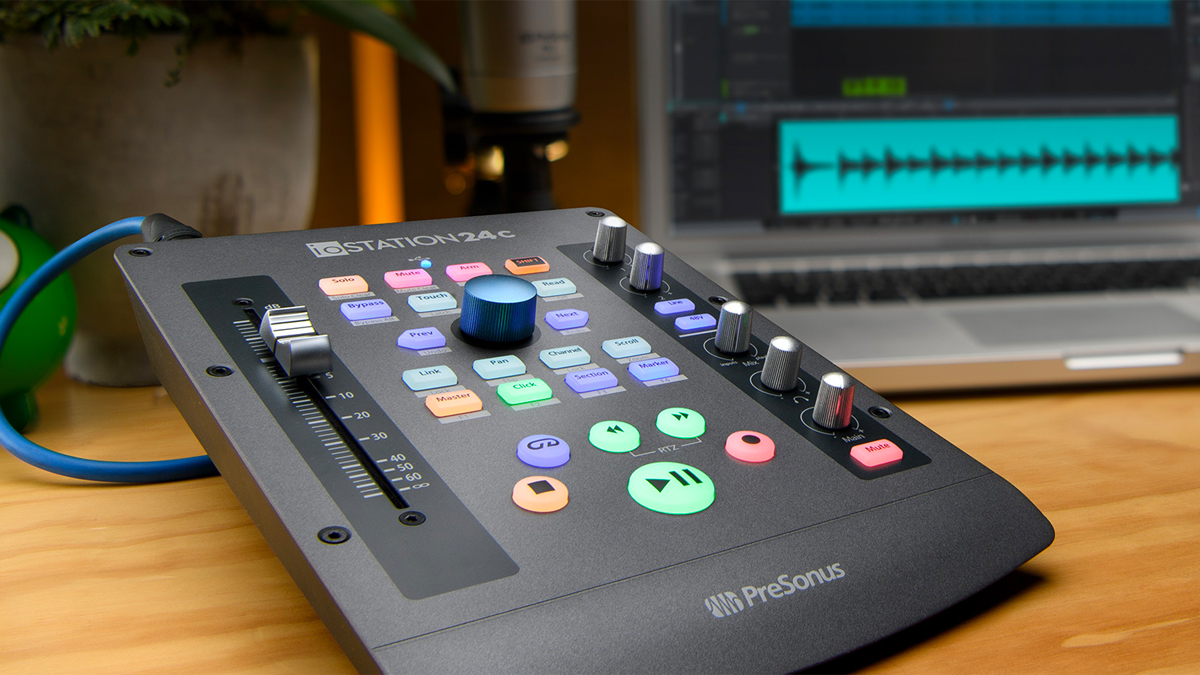
If you’re not sure whether to buy a new audio interface or DAW controller next, maybe you don’t have to choose, because PreSonus has just announced the ioStation 24c.
Lifting functionality from the Studio Series USB-C 24-bit/192kHz audio interfaces and the FaderPort USB production controller, the ioStation 24c includes two of PreSonus’s XMAX Class A analogue preamps, simple transport controls and a 100mm touch-sensitive motorised fader. As such, it can help you out at both the recording and mixing stages of the creative process.
Read more: PreSonus’s ioStation 24c is both an audio interface and a DAW controller
RME Babyface Pro FS
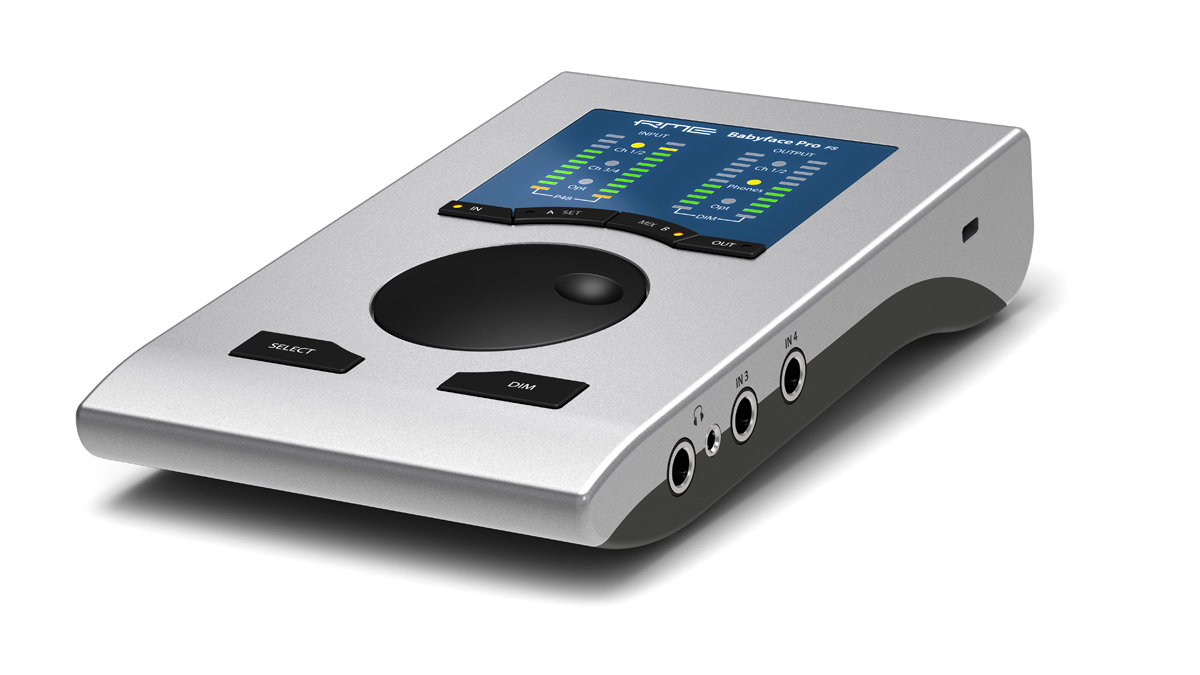
RME came to NAMM with what looks like a zinger of a portable audio interface, the Babyface Pro FS. This is a 24-channel, 192kHz bus-powered USB 2.0 device that sits on your desktop.
This features RME’s SteadyClock FS technology, which is designed to bring self-jitter to “new lows” and improve audio quality. You also get increased headphone power in comparison to the previous Babyface Pro, while plugins from the likes of Scuffham Amps, Gig Performer and Brainworx come included courtesy of Plugin Alliance.
This looks like everything we've always loved about RME's interfaces in a compact package.
Read more: RME’s Babyface Pro FS audio interface is all grown up and sounds better than ever
Antelope Audio Zen Tour Synergy Core
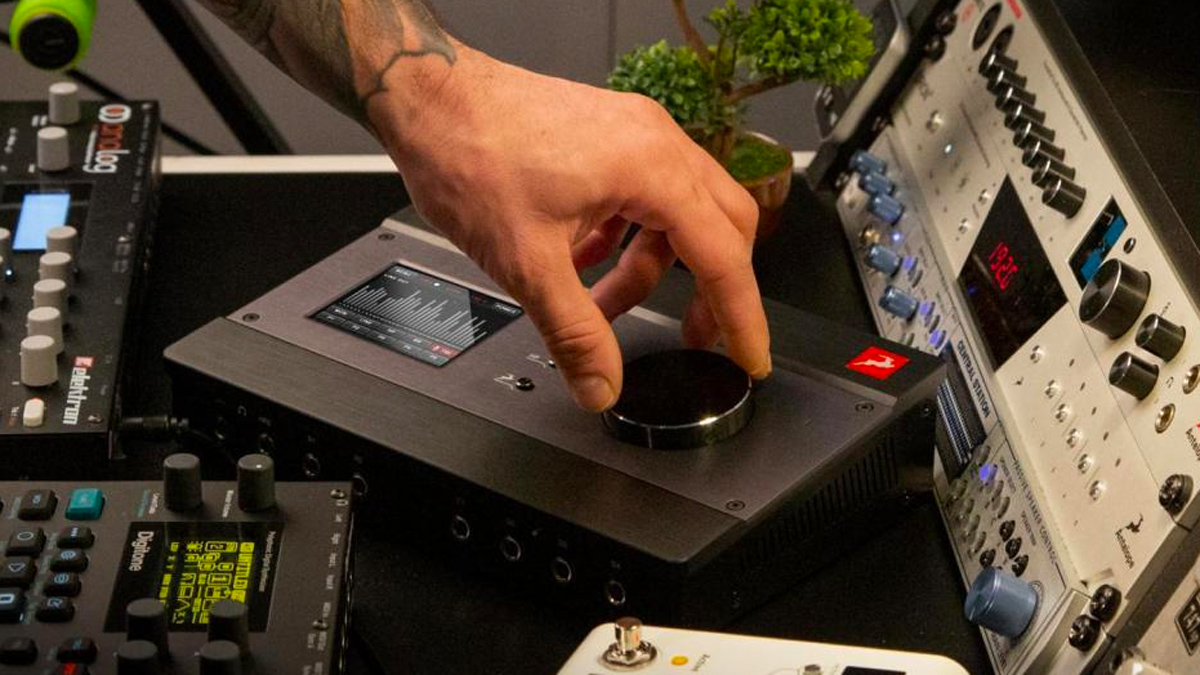
This update to the already excellent Zen Tour adds more DSP, twice the number of channels and support for a range of new Synergy Core effects (including a special version of Auto-Tune), 36 of which come included. There's improved AD/DA conversion, too, along with Thunderbolt 3 and USB 2.0 connectivity and eight DC-coupled line outputs for CV applications such as controlling modular synths.
So, if you want oodles of I/O, high audio quality and to offload your FX processing to your audio interface, the Zen Tour Synergy Core has you covered.



I’m the Deputy Editor of MusicRadar, having worked on the site since its launch in 2007. I previously spent eight years working on our sister magazine, Computer Music. I’ve been playing the piano, gigging in bands and failing to finish tracks at home for more than 30 years, 24 of which I’ve also spent writing about music and the ever-changing technology used to make it.









